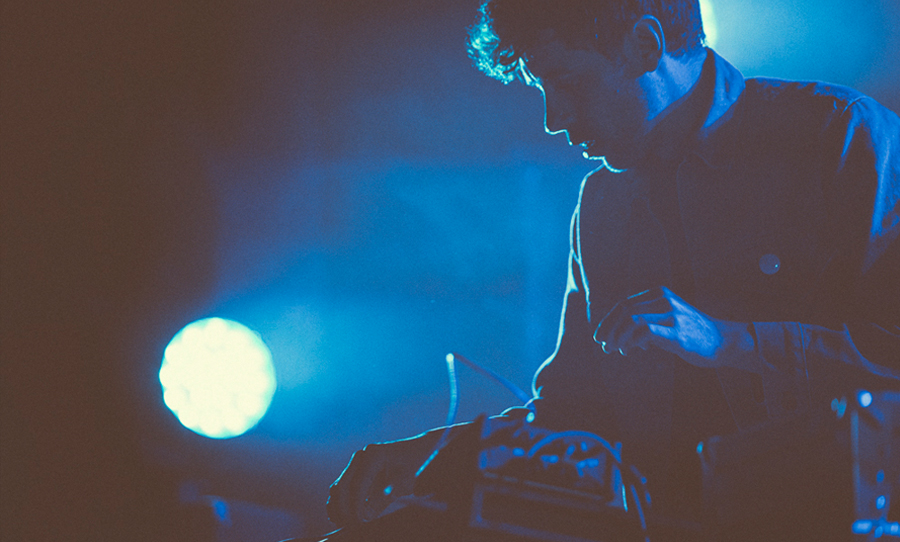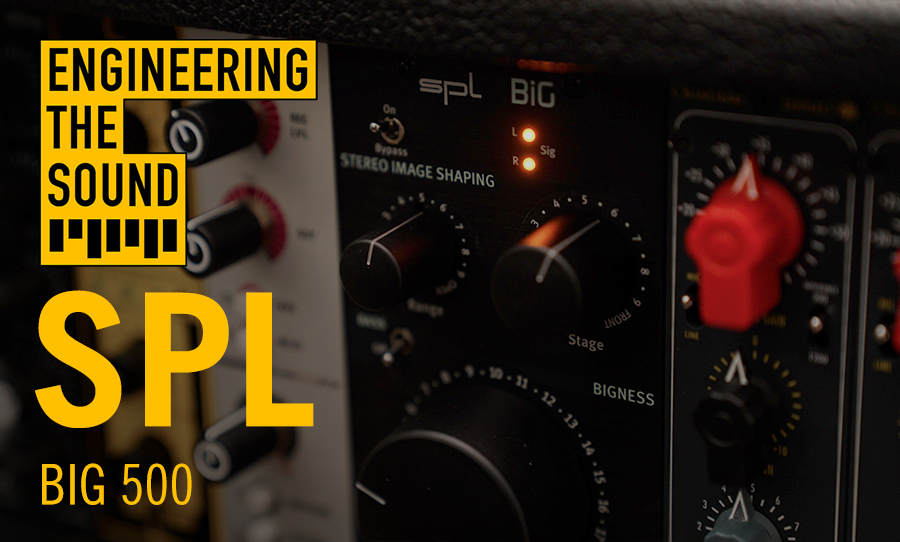When it comes to releasing your music, there are three main routes you need to consider. The first is the streaming platforms that we’re all familiar with like Bandcamp and Soundcloud – free, easy-to-use, accessible to all. The second is physical distribution; getting CDs, tapes or vinyl printed and disseminating them to the world. The third is undoubtedly the most important in 2018: full-scale digital distribution.
If you’re in a band and you don’t have a label, it’s likely that you’ve come face-to-face with the issue of how to get your music onto platforms like Spotify, Apple Music and iTunes. Roughly 6.7 million people use streaming services in Australia alone, and this figure is ever-rising. And while digital downloads aren’t as strong as they used to be, they still account for millions of dollars of revenue in the music industry.
Getting on these services is a no-brainer. So, how do you do this without the help of a label? Your best bet would be to use a digital distributor. But this raises a host of new questions. How do they work? How much do they cost? How do royalties work? We picked the brain of the Head of Artist Relations at EmuBands to help you understand the lay of the land when it comes to digital distro.

If you’re an independent artist, there’s a good chance you’ve thought about releasing your music through a digital distributor. We take a look at what’s involved.
HAPPY: How much it cost to release music through a digital distributor?
Different distributors will offer different pricing plans for the distribution of your release. Some distributors offer annual, subscription-based payment plans and others provide flat-fee, one-time payments per release. Some distributors work on a percentage/commission based model, where they’ll distribute your release in exchange for a cut of your royalties. You should research which type of pricing suits you best, before deciding on a distributor for your release
HAPPY: What do I need to have ready before distributing my release?
To simply get the releases distributed, three things: metadata, audio, and artwork.
Metadata is all the text-based information regarding your releases & songs. It includes things like artist name, release title, song titles, composer and contributor information, release date, ISRCs (International Standard Recording Codes).
Audio: 16-bit (in some cases, 24-bit) WAV files. These should be your final masters. No MP3s, as they won’t sound too good by the time your tracks reach the digital services.
Artwork: For most DSPs (digital service providers), you’ll only need a single piece of front cover artwork. This should be a hi-resolution JPG image, usually 3000 by 3000 pixels. If you’d like to supply liner notes, you can do so via iTunes with a digital booklet. iTunes Digital Booklets have very specific guidelines and dimensions, so it is worth checking these out in advance. Most distributors should be able to submit a digital booklet alongside your release with no issues.
HAPPY: What are some of the common mistakes artists make when distributing music themselves?
Timing can be an issue for some new artists. Whilst most distributors can get your releases live on DSPs in a few days of being sent the completed release, it’s generally a much better idea to give yourself a few weeks lead-in time, especially if it is your first time working with a distributor.
Whilst related to timing, but deserving of its own point: have your audio fully mixed and mastered, and your artwork finalised before you send your release to a distributor. It’ll make your life much easier, and will reduce any unnecessary hold-ups with your release being distributed.
Not a mistake, as such, but a general recommendation is to make sure you read up on how your distributor works (read their terms and conditions!), their FAQ/knowledge base, and ask any unanswered questions before you commit to working with a specific distributor.
HAPPY: What are the advantages of outsourcing distribution?
Quite simply, most DSPs won’t allow you to directly upload your own music. It is much easier for DSPs to work with a handful of distributors than it is for them to deal individually with hundreds of thousands of artists and labels.
Likewise, it’s much easier as an artist, band or label to deal with one distributor, to get their music on hundreds of stores and streaming services, than it is to deal with all of them individually. Distributors are also a helping hand, to ensure you have one less thing to worry about!
HAPPY: Which services are commonly distributed to?
It varies from territory to territory. Your distributor should be able to offer distribution to a good spread of services, both small and large, in most territories around the world. My advice would be to have your music distributed to as many different services as your distributor offers, as it ensures that people around the world won’t struggle to access your music on their preferred service.
HAPPY: How do royalties work with digital distributors?
Firstly, royalties are not reported in real-time, on average it takes around 2-3 months for DSPs to report royalties following the close of the relevant month of stream/sale (although some can be slightly quicker, and others can take much longer).
Your distributor will receive sales/streaming data and payment from the various services they have supplied your music to. They will then collate this information and give you access to the reports, detailing how much your recordings have earned across the services and how that total was reached. You will then be able to receive payment of your earnings from your distributor.
It is important to note, however, that even when working with a distributor who takes no commission on your earnings (i.e., you get paid 100% of the royalties), you are not paid 100% of the retail price. Your earnings are based on the wholesale rate generated from the sale/stream of the recordings.
“Wholesale” is a term used to describe the sum paid out following any deductions from the full retail price. For example, DSPs will commonly deduct a contribution towards their running costs, another sum goes towards taxes and finally, a payment to songwriters and publishers of the songs on the recording, via a regional copyright management organisation (CMO) such as AMCOS in AU/NZ. These CMOs are responsible for paying publishing royalties to the composers, or to the publishers who represent the composers.
For downloads in a small number of territories, this publishing royalty may be included in the income and reports that you receive from your distributor. Your distributor should be able to help you identify if you’ve been paid any publishing royalties through them, and they will be able to explain this topic further.
HAPPY: What are the big misconceptions around digital distribution?
A common misconception is that digital distribution is a complicated, time-consuming and intimidating process. In fact, uploading a release to a distributor should only take a few minutes. The process only requires materials you should already have to hand. After uploading, you can have your music across digital services across the world within a matter of a few days.
Build up a relationship with your distributor, and leverage their resources to ensure you get the most out of each digital service.
Toni Malyn is the Head of Artist Relations at global digital distributor, EmuBands. Check out their distro services here.


